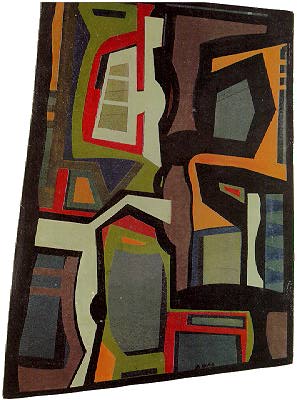|
[i]intervening |
Cyberspace's "rich internal play of difference" manifests great change from merely "a single global command"; "the longer the chain of codes," in fact, "the more radical the transformations that can be effected" (31). The dialectic between randomness and pattern visibilizes and then levels hierarchical biases operating through presence and absence (Hayles "Virtual"). Substituting the arbitrary flickering signifier for the master signifier in Lacan's formula permits the analyst/instructor and his analysand/student to do more with less, to transform narcissism in the face of plurality, as one example, to rise to the critical self-conscious that Giroux has argued for as another. The unrivaled intertextual immediacy of voices and graphics does on the macro level what the slippage in flickering signification does on the micro: both tag and subvert hegemonic stricture. Universality, an Enlightenment mainstay of the capitalist regime, is particularly hit hard as the self in cyberspace networks a multicultural Web, a dialogic heterogeneous dynamism that lays bare “the relations of universality to its cultural articulations” (Butler 24) whether identities are masked or exposed. The posthuman, in moments of true reflexivity, "confuses and entangles [. . .] boundaries," alters the very system that had previously generated him (8).
 between
what the [hypertext writer] sees and what the computer reads are
the machine code that correlates alphanumeric symbols with binary
digits, the compiler language that correlates these symbols with
higher-level instructions determining how the symbols are to be
manipulated, [and] the processing program that mediates between
these instructions and the commands [the writer] gives the computer.
(31)
between
what the [hypertext writer] sees and what the computer reads are
the machine code that correlates alphanumeric symbols with binary
digits, the compiler language that correlates these symbols with
higher-level instructions determining how the symbols are to be
manipulated, [and] the processing program that mediates between
these instructions and the commands [the writer] gives the computer.
(31)